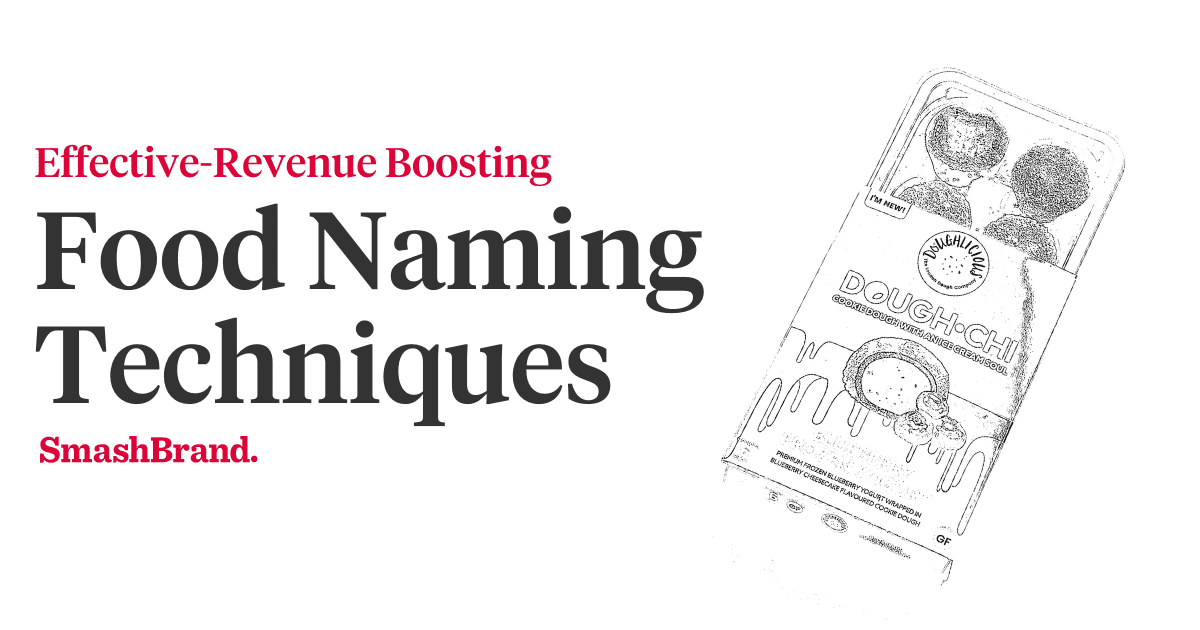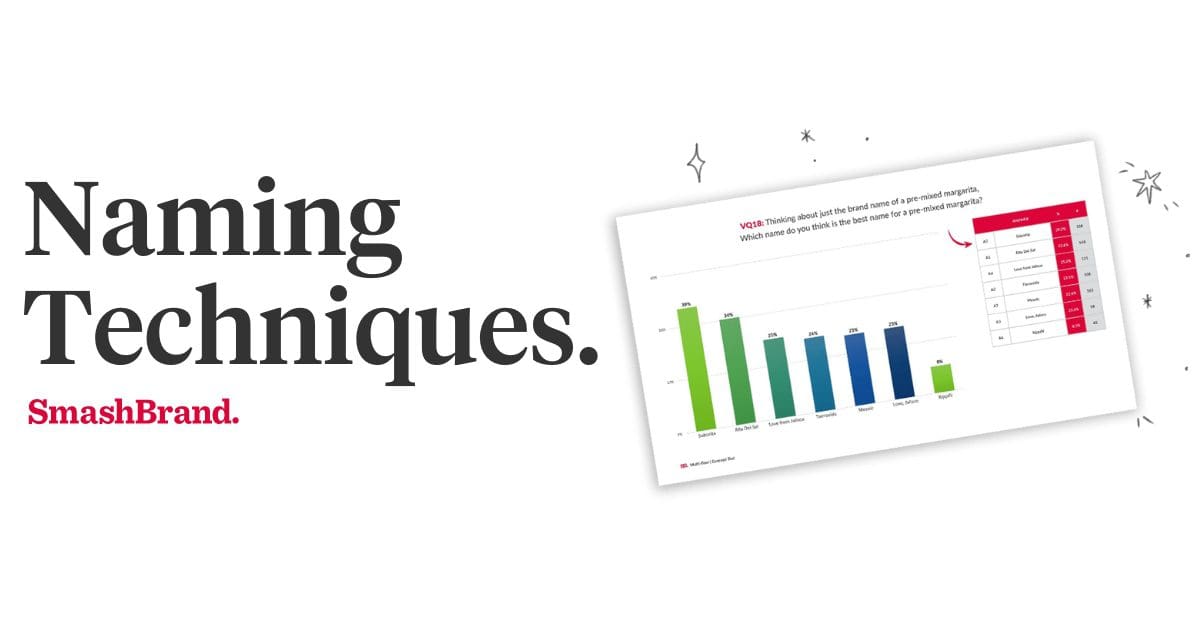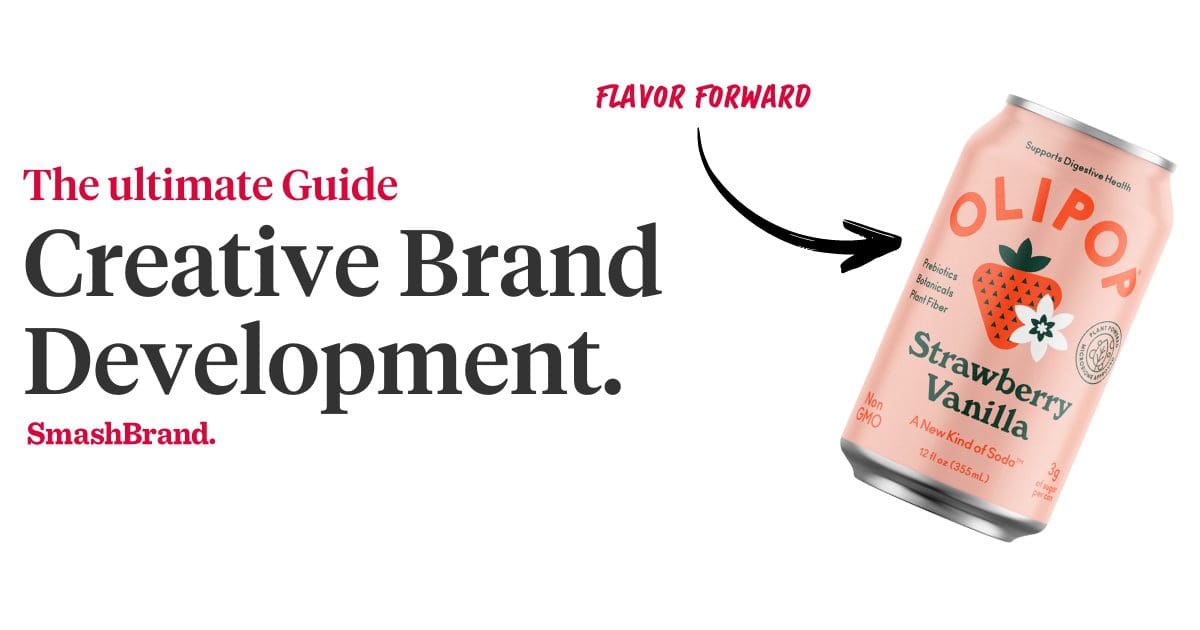Listen to This Article

Labeling Tips
If you have a line of refrigerated sports drinks, you naturally want consistent labeling so that your customers to recognize your brand. Of course, you don’t want to confuse them in a potentially relationship-destroying way by failing to clarify the fact that your drinks come in a variety flavors; if a consumer thinks he is buying strawberry-kiwi and accidently takes a swig of jellied eel, then brace yourself for the mother of all tweet complaints.
Of course, we exaggerate for comic effect (jellied eel flavor is exclusive to the Japanese market), but nevertheless, your label design need clear, yet harmonious, distinctions so that your consumer base is able to instantly recognize your individual products, whether they are food items, bath gels, motor oils or some combination of the three. Here are a few quick tips to remember when designing the labels for your product line.
Get your Hands on the SmashReport!
And enter to win a FREE brand diagnosis worth $20,000.
*The SmashReport is a monthly newsletter for FMCG and CPG brands, helping them stand out in the competitive retail marketplace.
Label Color
The most common tool for product line distinction is the use of different colors for different flavors, scents or strengths. If you have a product that is meant for infants, pastel colors are generally employed. If another product in that same line is marketed to Insane Clown Posse fans, a darker, more frightening color might be appropriate.
Color choice is one of the easiest tools you can use to distinguish different characteristics in the same product without drastically modifying your label. Consumers don’t really like to read; if you give them a non-literary visual clue as to what makes the various products in your line different, your customers will appreciate it. However, it is important not to make the color shifts too subtle; try not to use variations of the same color to identify different qualities. If your low-sodium snack chip option has a lime green label but your “Fiery Jalapeno” flavor is yellow-green, the mistake could result in a formidable class action suit.
Label Graphics
The graphics must change to a degree – not so much that the product connection is compromised. If one of your brand’s characteristics is its wacky characters and graphics, then maybe you could get away with having a different little mascot on each bottle of hot sauce (we generally see this device on whimsical, artisan hot sauce. It’s meant to delineate the exact level of hellishness the individual sauces promise to deliver). However, you want to maintain some level of consistency so that your client base knows that the brand product is the same, only a variation is different.
Label Flourishes
Flourishes are easily missed, and tend to be used in conjunction with color modification. If you have a cucumber/lime shampoo, you want to add little cucumbers and limes to your label and color the lettering green. If you also have a green tea and mint shampoo, we would advise using green tea and mint sprigs, and for heaven’s sake stop scenting your products with green produce because it’s impossible to tell the difference and it all smells like candy anyway.
Some maverick brands use flourishes and designs as a part of their product name. For example, the “Yes To” skin and body care line has a variety of different vegetable components to which we are all encouraged to say yes: “Yes to Carrots;” “Yes to Cucumbers;” “Yes to Tomatoes;” “Yes to Endive Drizzled with a Balsamic Reduction.” (Maybe not that last one.) Anyway, each label has its own individual vegetable mascot, which is not only cute and eye-catching, but also nutritious.
So, what have we learned today? We’ve learned that product lines should have their distinct characteristics stated in a way that is clear and in keeping with the original brand profile. We’ve learned not to be one of those idiots distinguishing radically different products with barely perceptible shades of green. We’ve learned that customers don’t like to be confused but don’t like to read. Most importantly, we’ve learned that the jokier the hot sauce brand, the more flavorless and painful the product will likely be.
P.S. This article features our Formula Water label design as an example.
Data-Driven Brand Development
Want a best-selling brand? SmashBrand is a brand development agency for FMCG and CPG companies. From brand strategy to packaging design testing, our Path To Performance™ process guarantees a retail performance lift. Book a time to discuss your project with our team.





